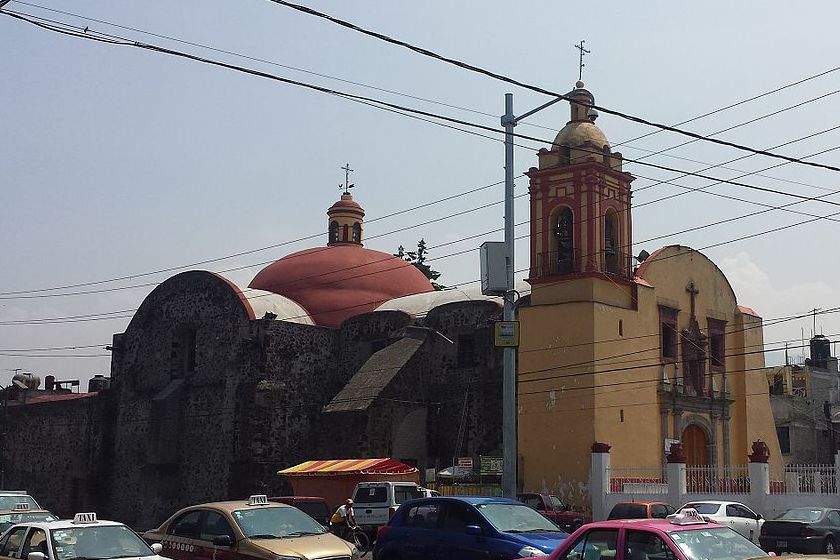
The Barrio Xaltocan is one of the most important of the Barrios Originarios in the center of Xochimilco. This is because of the importance placed in the church, Nuestra Señora de los Dolores. It’s been the focus of the pilgrimages by all of the other original neighborhoods and towns of Xochimilco for centuries.
The original name, “Xaltozan” comes from the Nahuatl meaning “place of gophers and sand.” The entire population of settlement named for an earlier hermitage, Candelaria de Xaltozan, actually died during a 1576 outbreak of “cocoliztli,” a viral hemorrhagic fever. Either this hermitage, or one dedicated to the Sweet Name of Jesus, came to be the Sanctuary of Our Lady of Sorrows, as she is commonly called in English. The official name, the “Sanctuary of Our Lady of Dolores of Xaltocán,” was granted to the church by the Archbishop of Tulancingo only in 1951.
As the seat of the Sanctuary of the Virgen de los Dolores, the church is the only one with a Latin cross plan in Xochimilco. The legend of the Church begins with one María Juana Xochpan. She lived in an inn on the old Xaltocan farm. She’d inherited it and a ranch when the landowner had died. She also possessed a sculpture of the Virgen de los Dolores. This had been carved by the indigenous artisans at the Monastery of San Bernardino de Siena. According to the legend, she placed the sculpture on top of a basket to prevent the escape of a turkey that had been donated with flowers to the chapel of the inn.
Upon returning, it is said that her home, the inn, had been transformed into a church. Upon the altar, the Virgin was completely renewed and standing out.
There is no telling if the basket over the turkey is meant to be that on which the Virgin sits today. But, the Nahuatl word for a small basket, “chiquihuite,” is still heard in the name of the townspeople; “los chiquihuiteros.” This is in reference to the statue of the Virgin in the church who sits on a small basket.
This is a 17th-century sculpture that had belonged to the town of San Andrés. There are also two important sculptures of the Immaculate Conception, one of them originally from the town of San Salvador Cuauhtenco. The sacristy bears an 18th-century votive, which is a very good quality oil painting.
The Barrio Xaltocan festivities begin two Sundays prior to Ash Wednesday. These are famous for lasting the entire week. Nearly all of the Towns and Barrios of Xochimilco carry out organized pilgrimages to the Xaltocan Sanctuary. The most famous include “huehuenches,” men disguised as women, monsters, and sometimes popular characters and cardboard figures. The processions include musical bands, fireworks, and images of saints from the home churches.
Most international visitors today will encounter the Barrio Xaltocan en route from the center of Xochimilco to the Nativitas Forest. The walk from the church to the forest is about eight minutes. The boat launches are just beyond the forest. But the church, on the western edge of the neighborhood, also faces the giant sporting complex, the Centro Deportivo Xochimilco which is bordered by its own plant, flower and produce markets. The Xaltocan Lagoon is on the neighborhood’s northside.
 https://www.facebook.com/barrioxaltocan
https://www.facebook.com/barrioxaltocan
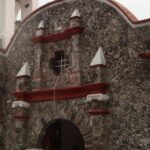
Nearest at 0.51 kms.
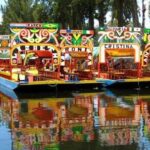
Nearest at 0.59 kms.
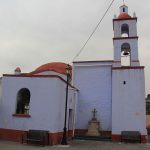
Nearest at 0.61 kms.
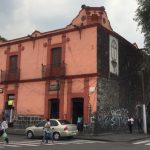
One of the oldest houses in Mexico City, and a unique take on Xochimilco...

The quickest easiest way to the canals of Xochimilco...
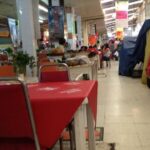
A teeming hive of commerce, culture, and food, it's a spectacular place for lunch and more.
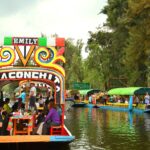
The Cuemanco Boat Launch at Xochimilco Lake is one of the biggest and most publicly accessible trajinera launches in Xochimilco.
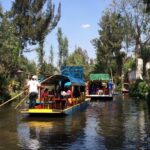
One of the closest "ecological" boat launches in Xochimilco, you'll set off for the deepest and most verdant canals.